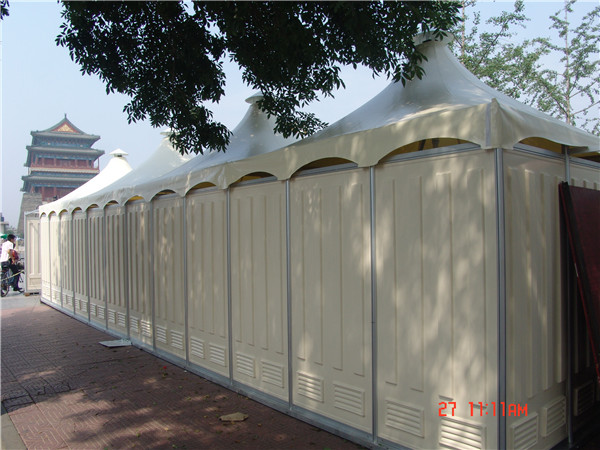Nov . 14, 2024 08:20 Back to list
hdpe sheet thickness
Understanding HDPE Sheet Thickness A Comprehensive Guide
High-Density Polyethylene (HDPE) sheets are versatile materials widely used in a variety of applications, from construction to packaging. One of the crucial aspects that consumers and manufacturers must consider when working with HDPE sheets is thickness. Understanding HDPE sheet thickness can significantly impact the performance, durability, and suitability of the material for specific tasks.
What is HDPE?
HDPE is a type of thermoplastic polymer made from petroleum. It is known for its high strength-to-density ratio, making it a preferred choice for applications that require durability and resistance to impact and moisture. HDPE sheets are used in various industries, including automotive, construction, and food processing. Their resistance to chemicals, UV radiation, and low temperatures further adds to their appeal.
Why Thickness Matters
The thickness of HDPE sheets can range from less than a millimeter to several inches, and this variation impacts various factors
1. Strength and Durability Thicker sheets generally offer superior strength and durability. In applications where heavy loads are expected or where sheets will be subjected to abrasive conditions, opting for a thicker sheet ensures that the material will not crack or fail under pressure.
2. Flexibility and Workability Thinner sheets tend to be more flexible, which can be beneficial for applications requiring bending or shaping. Conversely, thicker sheets may be more challenging to work with in terms of cutting and fabrication. An understanding of the required flexibility for a specific project is vital in selecting the appropriate thickness.
3. Cost Generally, thicker HDPE sheets are more expensive than their thinner counterparts. Therefore, it's essential to strike a balance between thickness and cost-effectiveness based on the application's requirements.
hdpe sheet thickness

4. Insulation and Sound Dampening Thicker HDPE sheets can provide better insulation and sound dampening properties. This is particularly important in construction or when trying to minimize noise in industrial applications.
Choosing the Right Thickness
Selecting the right thickness for your HDPE sheet requires careful consideration of the intended application. Here are some guidelines
- Lightweight Applications For applications requiring minimal structural support or where weight is a concern, sheets with a thickness of 1/8 inch to 1/4 inch (3 mm to 6 mm) are often sufficient.
- Medium-Duty Applications For applications involving moderate impact or stress, sheets ranging from 3/8 inch to 1/2 inch (9 mm to 12 mm) may be appropriate.
- Heavy-Duty Applications For uses that require maximum strength and durability, such as in industrial settings or construction, sheets 1 inch (25 mm) thick or more should be considered.
Conclusion
HDPE sheet thickness plays a crucial role in the material's performance and suitability for various applications. By understanding the relationship between thickness, strength, flexibility, and cost, consumers and manufacturers can make informed decisions that ensure optimal results. Whether it's for packaging, construction, or any other application, taking the time to choose the right thickness will lead to enhanced durability and functionality of HDPE sheets. Always consult with suppliers or experts when uncertain about the right thickness for your project, ensuring that you achieve the desired outcome without overspending on unnecessary material.
-
High-Quality PPR Pipes and Fittings Durable ERA PPR & PVC PPR Solutions
NewsJul.08,2025
-
Black HDPE Cutting Board - Durable, Non-Porous & Food Safe HDPE Plastic Cutting Board
NewsJul.08,2025
-
High-Quality CPVC Panel Durable HDPE & PVC Panels Supplier
NewsJul.08,2025
-
Double PE Welding Rod Supplier - High Strength, Durable & Versatile Welding Solutions
NewsJul.07,2025
-
High-Quality PVC-O Pipe Supplier Durable 75mm PVC Pipe & Connections Leading PVC Pipe Company
NewsJul.07,2025
-
HDPE Drainage Pipe Supplier – Durable & Corrosion-Resistant Solutions
NewsJul.06,2025

